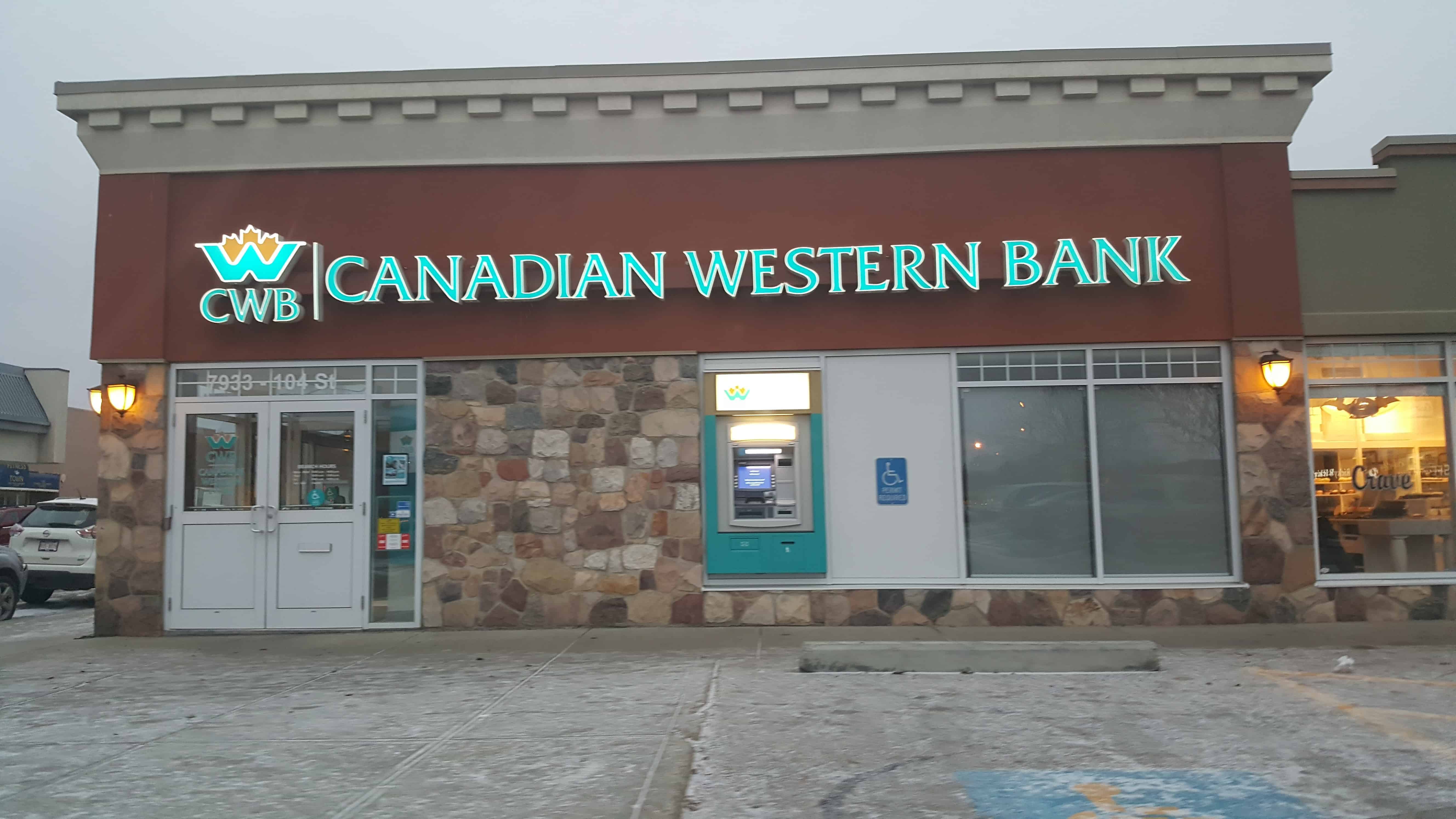It has been a tough few years for investors in Canadian Western Bank (TSX:CWB), which has been heavily buffeted by the prolonged slump in crude. Since the collapse in oil began in late 2014, its share price has crashed by 28% because of fears about the economic downturn in Alberta and how this would impact the bank.
Nonetheless, the deal late last year between OPEC and key non-OPEC oil-producing states has breathed life back into the price of crude and the energy patch. Along with a range of other indications, this highlights that now is the time for investors to acquire Canadian Western.
Now what?
While Canadian Western has relatively little direct exposure to oil in its loan portfolio, it has considerable indirect exposure because the focus of its operations is western Canada. This left it exposed to the economic downturn that engulfed Alberta in the wake of the collapse in crude.
Now that crude has more than doubled from its February 2016 low, there are signs of growing activity in the patch as oil companies ramp up production along with drilling and exploration activities to take advantage of higher prices. Over time, this will feed into the local economy, boosting Canadian Western’s growth prospects and earnings.
The bank has also made tremendous strides in its efforts to diversify its business away from western Canada. Canadian Western complete the acquisition of CWB Maxium and CWB Franchise Finance during 2016, which allowed it to increase its exposure to eastern Canada and bolster its commercial loan portfolio.
Even so, 2016 was a difficult year for the bank; its loan portfolio and earnings were under considerable pressure. Full-year earnings were down by 18% compared to 2015, and this can be primarily attributed to the sluggish economy which impacted growth and margins while causing the volume of bad debts and provisions to rise.
While total loans outstanding grew by an impressive 13% year over year, the benefits this provided were more than offset by a sharp increase in provisions for bad debts, which more than tripled to $79 million.
It appears that the worst is behind Canadian Western with fourth-quarter 2016 provisions being lower than the second and third quarters. The total value of gross impaired loans, while 35% higher year over year at the end of the fourth quarter, was lower than it had been at the end of the second quarter.
While bad debts have grown, the ratio of gross impaired loans to total loans is a mere 0.6%, which is well below the level that signals there are problems with the quality of its loan book. Along with oil prices moving steadily higher, these factors indicate that the worst is over for the bank.
Furthermore, Canadian Western remains well capitalized and highly liquid.
As the energy patch’s economy picks up and energy companies increase their spending, Canadian Western’s loan book will expand and its bottom line will grow.
The bank’s core operations are performing strongly despite the headwinds it has been experiencing. Full-year 2016 pre-tax and pre-provision income shot up by 8% compared to 2015 and is expected to continue growing into 2017, giving its bottom line a healthy bump, particularly as bad debts fall and provisions unwind.
So what?
Higher oil prices, an improving economy in the energy patch and Canadian Western’s move to expand its operations in eastern Canada will all help to drive higher earnings in coming months. This will help to push Canadian Western’s share price higher.
Then there is the bank’s outstanding dividend payment history. Canadian Western has hiked its dividend for the last 25 years straight, giving it a juicy 3% yield. Coupled with its solid growth prospects and attractive price, this makes now the time for investors to add Canadian Western to their portfolios.







